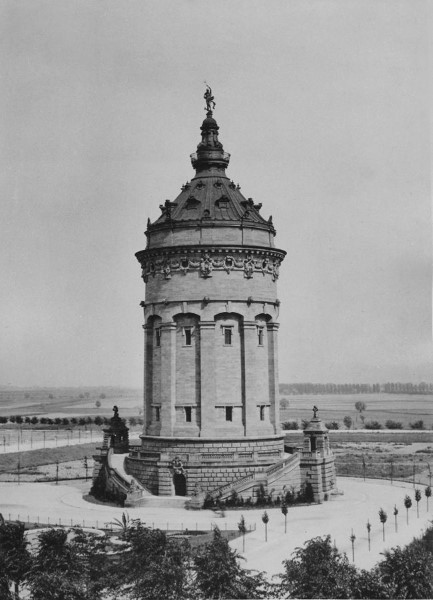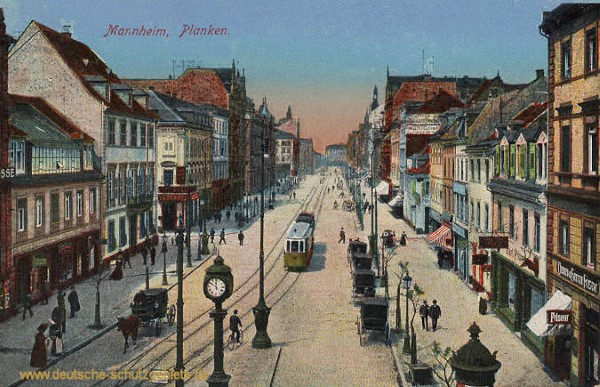Mannheim (Monnem, Mannem) is a city in the southwestern part of Germany, the third-largest in the German state of Baden-Württemberg after Stuttgart and Karlsruhe. Mannheim is among the twenty largest cities in Germany, with a 2012 population of approximately 295,000 inhabitants. The city is at the centre of the larger densely populated Rhine-Neckar Metropolitan Region which has a population of 2,400,000 and is Germany’s eighth-largest metropolitan region.
City of Mannheim. Planken.
Mannheim is located at the confluence of the Rhine and the Neckar in the northwestern corner of Baden-Württemberg. The Rhine separates Mannheim from the city of Ludwigshafen, just to the west of it in Rhineland-Palatinate, and the border of Baden-Württemberg with Hesse is just to the north. Mannheim is downstream along the Neckar from the city of Heidelberg.
City of Mannheim. Friedrichspark.
Mannheim is unusual among German cities in that its streets and avenues are laid out in a grid pattern, leading to its nickname “die Quadratestadt” (“city of the squares”). The eighteenth century Mannheim Palace, former home of the Prince-elector of the Palatinate, now houses the University of Mannheim.

City of Mannheim. Water tower.
In 1865, Friedrich Engelhorn founded the Badische Anilin- und Soda-Fabrik (Baden Aniline and Soda Factory, BASF) in Mannheim, but he constructed the factory was constructed across the Rhine in Ludwigshafen because people of Mannheim feared air pollution from its operations. From this dye factory, BASF has developed into the largest chemical company in the world. After opening a workshop in Mannheim during 1871 and patenting engines from 1878, in 1886, Karl Benz patented the first motor car. He was born in Mühlburg (now a borough of Karlsruhe).
City of Mannheim. Grit.
The Schütte-Lanz company, founded by Karl Lanz and Johann Schütte in 1909, built 22 airships. The company’s main competitor was the Zeppelin works.

